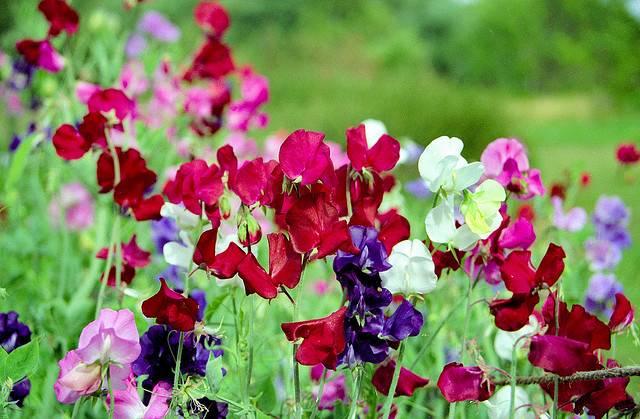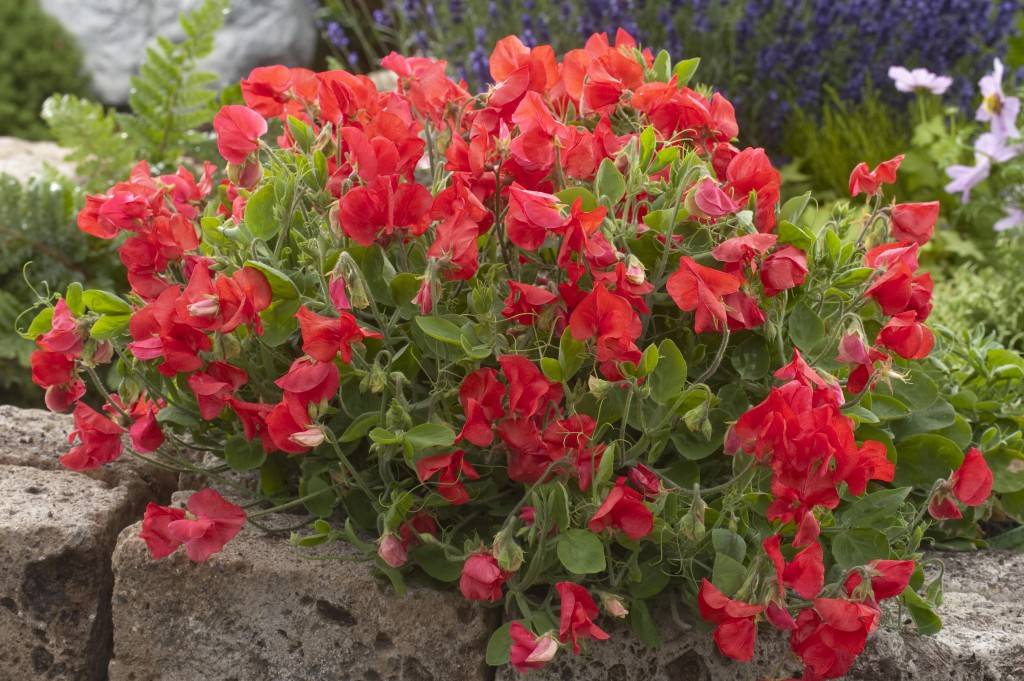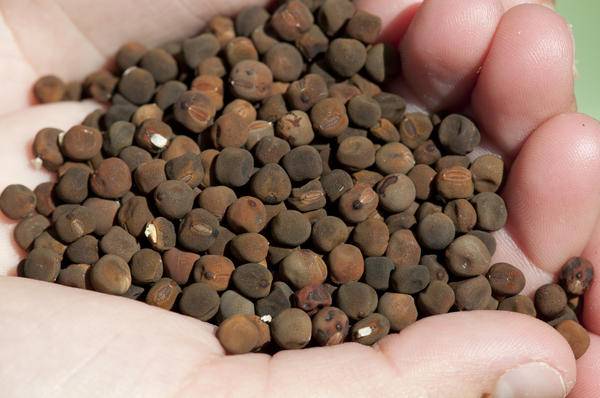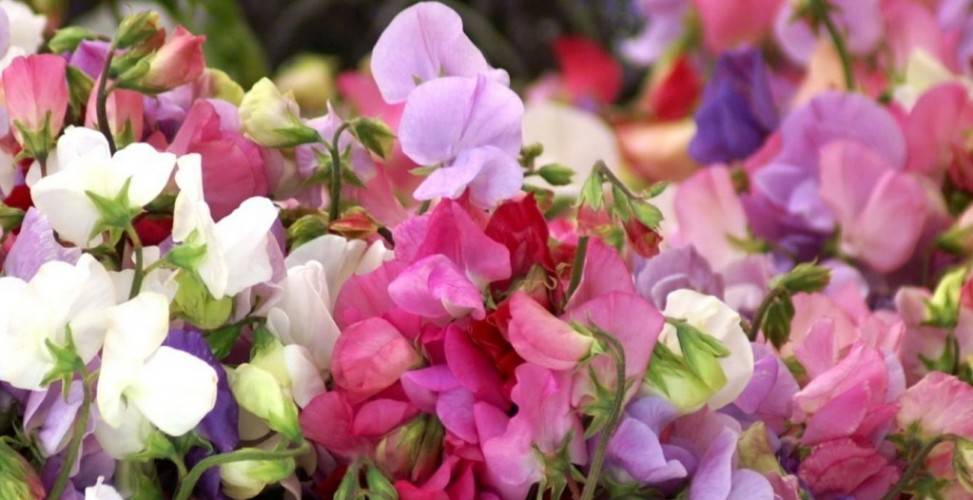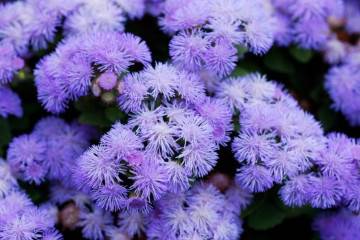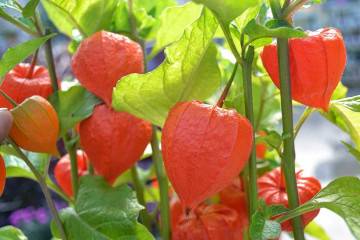Perennial sweet peas - grown from seeds
Content:
Sweet peas are a favorite among the climbing plants in the garden. It is completely unpretentious and does not require the creation of complex and specific conditions. Its zest is a pleasant, floral scent. A variety of shades in the color of the petals, depending on the variety, will help turn even the simplest and most inconspicuous area into a real fairy tale.
Sweet pea
Sweet peas are a perennial species, but in some climatic zones they are grown only as annuals. Sicily is considered the birthplace of peas, from where it first came through trade routes to India, then to England, where it made a splash, becoming actively used to decorate flower beds.
What does sweet pea look like, what family does it belong to?
Belongs to the legume family, a genus of the rank. Description:
- The stem is curly, with its numerous antennae it clings to any surface. It stretches to a height of 2 m.There are also miniature varieties that grow no more than 30 cm.
- The leaves are small, rich green.
- The flowers are small, consisting of many petals, which is why they visually resemble the wings of a moth. The color can be any. There are both monochromatic flowers and a combination of several different shades.
- The fruits are pea-like pods that contain grains.
Perennial Sweet Pea Varieties
Perennial varieties:
- Large-flowered or broad-leaved rank. Height from 2 to 3 m. The color of the petals is pink or deep red. The peculiarity is the lack of aroma. The species is frost-resistant, tolerates temperatures up to minus 30 degrees.
- Tuberous has dark red flowers, grows up to 1 m in height. The aroma is strong, fragrant.
- Lesnaya is an endangered species listed in the Red Book. Lives in the Caucasus. Used in medicine.
- Gmelin reaches a height of 1.5 m. It is distinguished by large leaf plates. Grows in coniferous forests.
- The tree plant has a height of no more than 60 cm. The color of the buds is crimson with a lilac shade.
These are decorative forms used in landscaping.
Annual sweet pea varieties
Decorative peas, which grow only for 1 year, are distinguished by a variety of varieties. The most popular ones are:
- Spencer is a variety with double flowers with a diameter of 0.5 cm.
- Bijou is a low bush, the number of flowers on one shoot is up to 6 pieces.
- Galaxy is a powerful, sprawling shrub with late flowering.
- The giant multiflera grows up to 1.5 m, there are few stems, each with no more than 12 large inflorescences.
Using the decorative properties of sweet peas on the site
Due to the fact that the stems rise high up, peas are used for vertical decoration of the walls of houses, gazebos and verandas. The rank looks beautiful in pots on balconies and loggias. An unusual flower is used to decorate arches, trellises and fences.
Low species are planted along the curbs, they are combined with various flowers and shrubs in flower beds, alpine hills.
Features of caring for sweet peas in the garden
Perennial peas are an unpretentious culture. It is not difficult to plant it and provide a comfortable environment. The main thing is to water it correctly, feed it in a timely manner and be sure to tie the stems to the support.
Sweet peas: planting and care in the open field
Before planting seeds, they must be soaked in a solution of the "Bud" preparation. For a solution, 2 g of the drug is dissolved in 1 liter of water at a temperature of +50 degrees. Those grains that have surfaced must be removed. If the seeds are planned to be used for growing seedlings, you should take some container, fill it with soil treated with a weak solution of potassium permanganate. The seed container is covered with glass or foil. Crops should be provided with daily ventilation and watering as the soil dries out.
When the seeds germinate, they will need to be planted in separate containers, for example, in plastic cups. The seedlings should be located in a room with sufficient diffused lighting. When 3 leaves are formed on the stem, you need to pinch the bushes. This is done in order to accelerate the growth of the lateral shoots of the flower.
Peas are a very simple and not capricious culture. Seedlings must be provided with the following conditions:
- Watering - once a week, but plentiful.
- Loosening of the soil is carried out after each watering. The roots must receive enough oxygen to develop.
- Fertilization. Urea and nitrophoska are used, which are mixed in 1 tbsp. l. and are diluted in 10 liters of water.
- It is necessary to prepare supports already at the seedling stage, since the culture is characterized by rapid growth. Small, thin stems are easiest to tie and guide.
If the peas were planted on seedlings in a container, they can be placed in open soil only after the seedlings have reached a height of at least 5-10 cm. Transplantation is carried out in May-June. If hot weather is established during transplantation, it is recommended to shade young bushes a little so that they do not get sunburn.
How to feed sweet peas for abundant flowering
When the buds are just beginning to form, the bush needs to be fed with potassium sulfate mixed with Agricol. It is necessary to take 1 tbsp. l. fertilizer and dilute in 10 liters of water. This mixture will stimulate the active emergence of new, lush and fragrant buds.
In the period when the bush begins to bloom actively, to maintain the abundance of inflorescences, it is recommended to use Agricol mixed with Rossa (1 tbsp. L. Per 10 l of water). Make-up consumption - 4 liters per 1 sq. meter.
How to prepare sweet peas for winter
Peas are a winter-hardy culture, which is why they do not require the construction of a serious shelter in the cold. Masters in gardening, who have been growing peas for many years, advise to remove the stems from the support and cut them at the root before the onset of cold weather. Top the bush with humus or sawdust.
Planting and growing annual sweet peas on the balcony
Polka dots look very beautiful in flower pots and polymer vases. Stems with colored buds can be tied to the railing. To grow peas on the loggia, you can use the seed planting method.
Seed preparation rules
The key to successful cultivation of peas is the quality of the seed. To check the germination, the grains are poured with water at a temperature of +50 degrees. Those that come up are unusable.
Taking care of Lathyrus Odoratus on the balcony is not difficult. He needs the following conditions:
- the right place - there should be no shade, but direct sunlight should also be avoided;
- stable, without strong changes in temperature;
- correct watering;
- fertilization 2 times a month, complex mineral preparations are used.
It is enough to water the peas once a week, but in the strong summer heat, the frequency of watering increases.
Possible problems in growing sweet peas
Diseases in peas occur due to improper care:
- Ascochitis is the appearance of brown spots. Treatment - treatment of bushes with "Rogora" solution three times, with an interval of 20 days.
- Viral mosaic - twisting and deformation of the stems, the appearance of strokes on the leaves. The disease cannot be treated, the bush must be dug up and destroyed.
- Root rot - darkening of the root collar. There is no cure, the bushes are dug up and burned.
- Fusarium is a gradual yellowing and wilting of foliage. The bush must be destroyed.
- Peronosporosis - the appearance of white bloom on the leaves. The bush is treated with colloidal sulfur.
- Powdery mildew - the formation of a loose structure on the leaf plates of a whitish bloom. The bushes are treated with 5% colloidal sulfur solution.
Breeding ranks with love and attention is a guarantee that the plant will delight you with abundant flowering of a wide variety of shades and a wonderful aroma.
